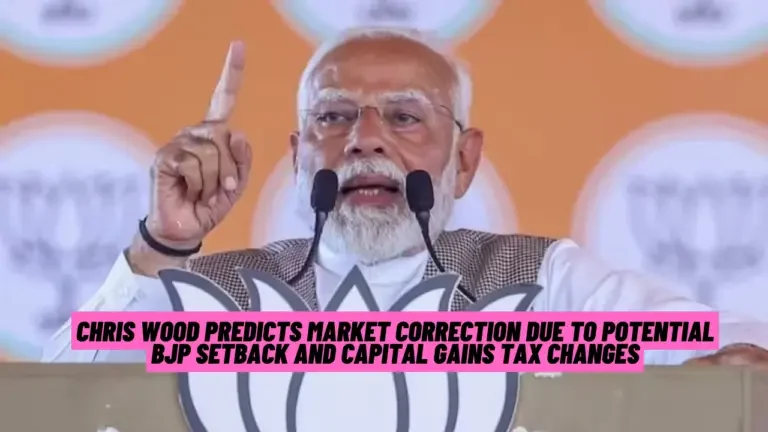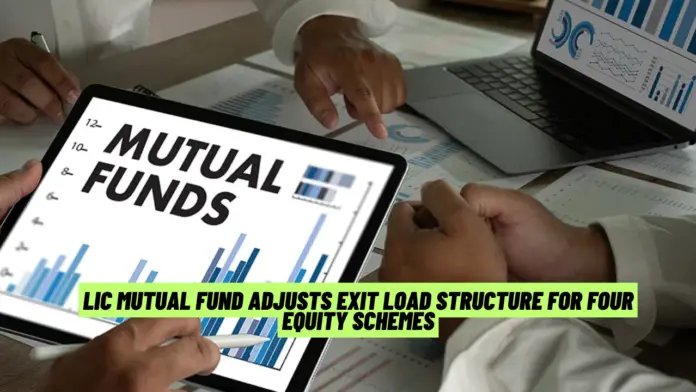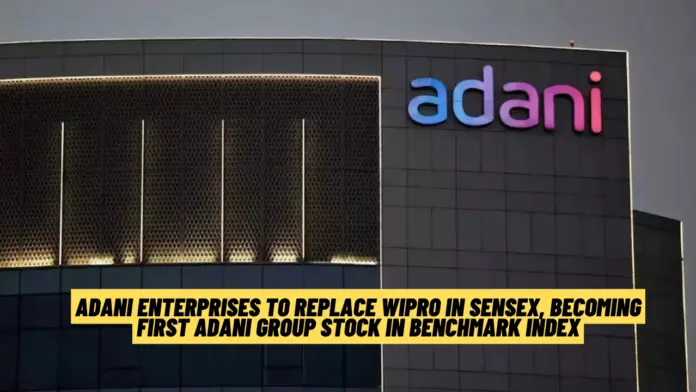In a rapidly evolving economic landscape, identifying sectors with robust growth potential is crucial for investors. According to Pankaj Pandey, the cement and infrastructure sectors stand out due to the prospect of policy continuity in India. This article delves into the reasons behind this optimistic outlook and examines the future prospects of these key sectors.
Overview of Current Economic Landscape
India’s Economic Growth
India’s economy has shown resilience and steady growth, supported by strong domestic demand and significant government investment in various sectors. Despite global uncertainties, the Indian economy continues to be one of the fastest-growing in the world.
Government Policy and Infrastructure Development
The Indian government’s focus on infrastructure development has been a cornerstone of its economic strategy. Large-scale projects and initiatives such as the National Infrastructure Pipeline (NIP) and Smart Cities Mission underscore the commitment to building and upgrading the country’s infrastructure.
Pankaj Pandey’s Perspective
Importance of Policy Continuity
Pankaj Pandey emphasizes the importance of policy continuity in fostering a stable economic environment. Consistent government policies provide a conducive atmosphere for long-term investments and sustainable growth, particularly in capital-intensive sectors like cement and infrastructure.
Impact on Key Sectors
Policy continuity ensures ongoing support for critical projects and initiatives, reducing uncertainties and encouraging private sector participation. This stability is vital for sectors that require substantial investments and long-term planning.
Cement Sector Analysis
Current Performance
The cement sector has been performing robustly, driven by increased construction activities and government infrastructure projects. Demand for cement has surged, supported by urbanization, housing development, and large-scale infrastructure initiatives.
Future Prospects
The future prospects for the cement sector remain bright. With continued government focus on housing and infrastructure, demand for cement is expected to grow steadily. Innovations in construction materials and sustainable practices are also likely to boost the sector.
Infrastructure Sector Analysis
Current Performance
The infrastructure sector has witnessed significant growth, with substantial investments in transportation, energy, and urban development. Projects like highways, railways, and renewable energy installations have been pivotal in driving sectoral growth.
Future Prospects
The infrastructure sector’s future looks promising, with ongoing and upcoming projects poised to further enhance connectivity and economic development. The government’s commitment to infrastructure spending and policy initiatives will continue to drive growth in this sector.
Investment Opportunities
Why Invest in Cement and Infrastructure?
Investing in the cement and infrastructure sectors offers substantial growth potential. These sectors are integral to the country’s economic development and benefit from strong government support and policy continuity. Long-term investors can expect steady returns as these sectors expand.
Potential Risks and Mitigation
While the prospects are positive, potential risks include regulatory changes, economic downturns, and project delays. Investors should consider diversifying their portfolios and staying informed about policy developments to mitigate these risks.
Quick Review:
Q: Who is Pankaj Pandey, and what is his perspective on the key sectors for investment?
A: Pankaj Pandey is a market expert who has highlighted the cement and infrastructure sectors as key areas to watch due to the prospect of policy continuity in India. He believes that stable government policies are crucial for fostering a conducive environment for long-term investments in these sectors.
Q: Why does Pankaj Pandey emphasize the importance of policy continuity?
A: Policy continuity is important because it provides a stable economic environment, reducing uncertainties and encouraging long-term investments. For sectors like cement and infrastructure, which require substantial capital and long-term planning, consistent policies ensure ongoing support and reduce the risk of sudden regulatory changes.
Q: How has the cement sector been performing recently?
A: The cement sector has been performing robustly, driven by increased construction activities and government infrastructure projects. There has been a surge in demand for cement, supported by urbanization, housing development, and large-scale infrastructure initiatives.







